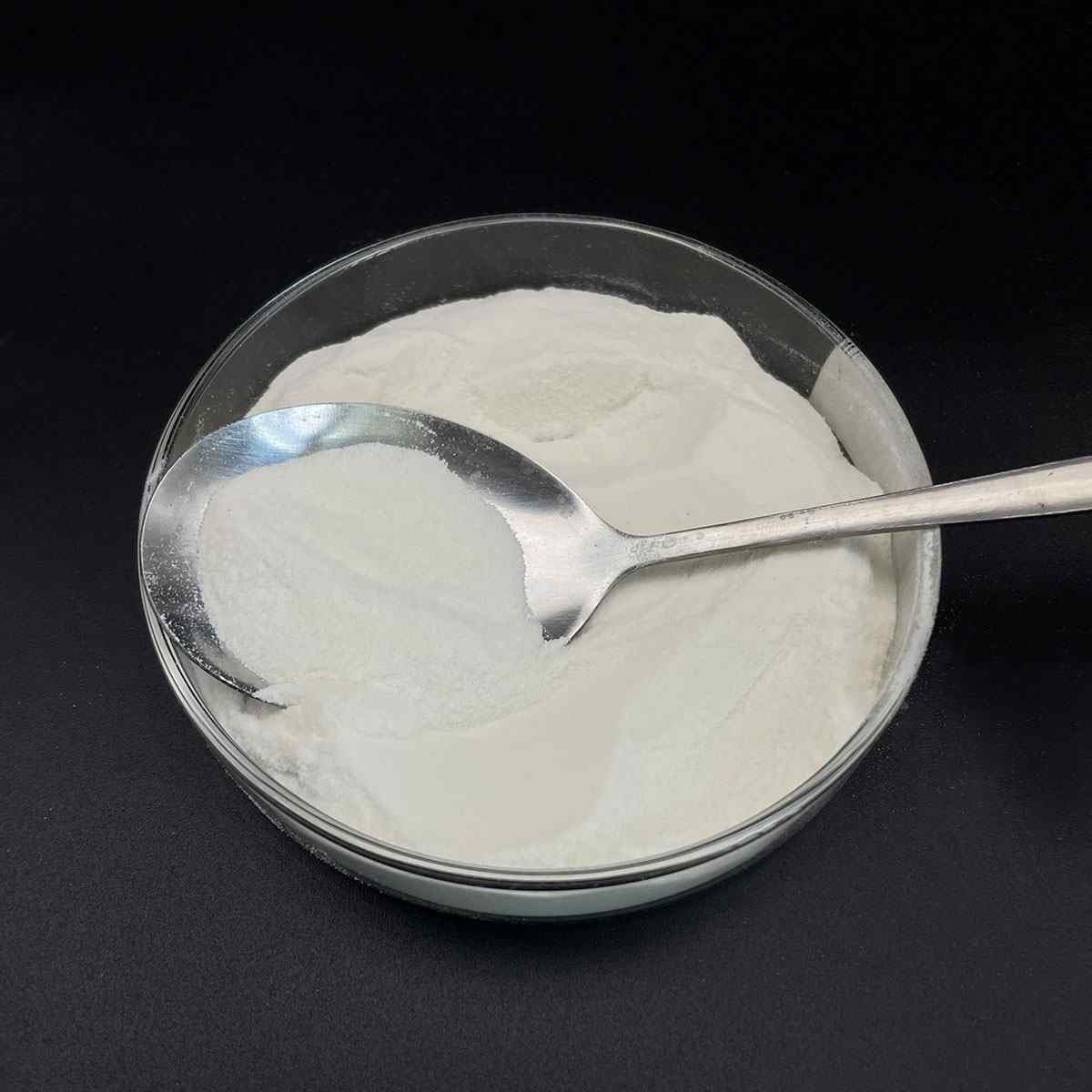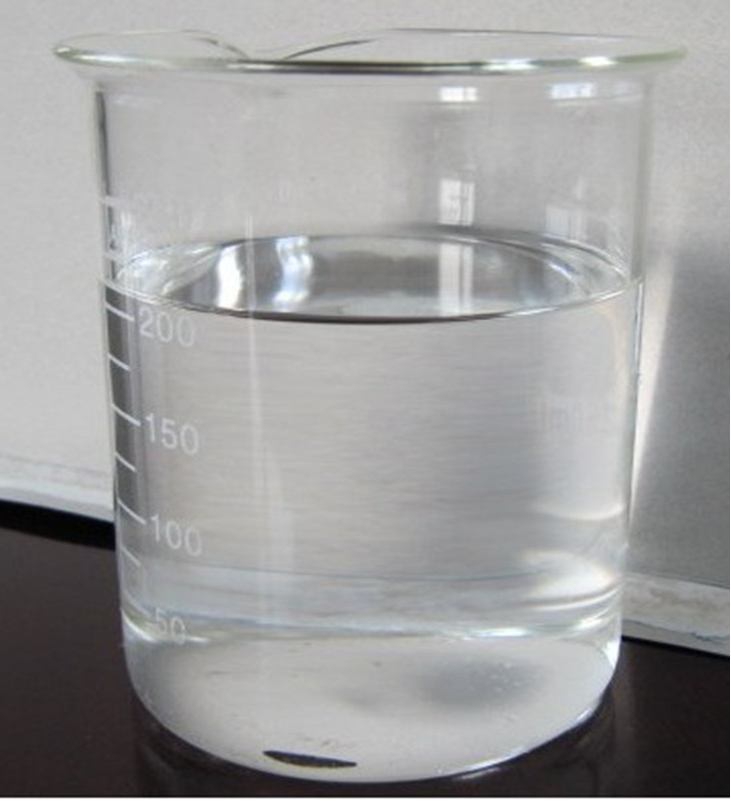1. Introduction
In the past 48 hours, a viral TikTok trend has reignited public concern about sodium lauryl sulfate (SLS) in everyday products—from shampoos to weed killers—after a popular skincare influencer shared how switching to SLS-free formulas cleared her chronic scalp irritation. With #SLSFree now trending and major retailers reporting a 30% spike in searches for ‘gentle surfactants,’ many consumers are looking for practical ways to replace this common but potentially irritating ingredient.

Whether you’re formulating your own shampoo, crafting a natural herbicide, or just trying to decode that long ingredient list, this step-by-step guide will help you understand sodium lauryl sulfate, recognize its aliases (like sodium dodecyl sulfate or natrium lauryl sulfate), and swap it out for safer, effective alternatives.
2. What Is Sodium Lauryl Sulfate and Why Replace It?
Sodium lauryl sulfate (SLS), also known as sodium dodecyl sulfate or sls sodium lauryl sulfate, is a powerful anionic surfactant widely used for its foaming and cleansing power. You’ll find it in everything from toothpaste to laundry detergents—and yes, even in some surfactants for herbicides.
While effective, SLS can cause skin and eye irritation, especially in sensitive individuals. That’s why many formulators now prefer milder options like alkyl polyglucoside, decyl glucoside, or amphoteric surfactants such as cocamidopropyl betaine (also called coco betaine or amidopropyl betaine).
3. Step 1: Identify SLS in Your Products
Check labels for these common names:
- Sodium lauryl sulfate
- Sodium dodecyl sulfate
- Na lauryl sulfate
- Natrium lauryl sulfate
- SLS sodium
- Lauryl sulfate

Note: Don’t confuse it with sodium laureth sulfate (also called sodium lauryl ether sulfate, sodium lauryl ether sulphate, or sls sodium laureth sulfate), which is ethoxylated and generally milder—but still an anionic surfactant.
4. Step 2: Choose the Right Replacement Based on Use Case
Not all surfactants work the same way. The meaning of surfactant is a compound that reduces surface tension—critical whether you’re lathering shampoo or helping a weed killer stick to waxy leaves.
For personal care (shampoo, body wash):
- Use amphoteric surfactants like cocamidopropyl betaine or sodium lauroyl sarcosinate
- Try non-ionic surfactants like coco glucoside or decyl glucoside
- Consider ultra-gentle anionic options like sodium cocoyl isethionate or sodium cocoyl glutamate
For agricultural or lawn use (e.g., surfactant for weed killer):
- Methylated seed oil works well as a natural wetting agent for grass
- Polysorbate 80 or Span80 (sorbitan monooleate) are effective nonionic surfactants
- Lignin sulfonate is a bio surfactant often used in eco-friendly herbicide blends

Avoid cationic surfactants like cetyl trimethyl ammonium bromide (CTAB) in rinse-off products—they’re great for conditioners but can clash with anionic ingredients.
5. Step 3: Understand Surfactant Compatibility
Mixing the wrong types can cause separation or reduced efficacy. Remember:
- Anionic and cationic surfactants generally don’t mix well (they form insoluble salts)
- Amphoteric surfactants like coco betaine play well with both anionic and non-ionic types
- Non-ionic surfactants (e.g., ethoxylated alcohol, pluronic 127, poloxamer 188) are versatile and stable
For example, if your base contains sodium laureth (a common anionic), pair it with cocamidopropyl betaine—not cetyltrimethylammonium bromide.
6. Step 4: DIY Substitution Ratios
When replacing SLS in homemade formulas, start with these general guidelines:
- For shampoos: Replace 10–15% SLS with 8–12% sodium cocoyl isethionate + 2–4% coco betaine
- For body wash: Use 10% decyl glucoside + 3% sodium lauroyl methyl isethionate
- For herbicide surfactant: Add 1–2 teaspoons of methylated seed oil or 0.5% polysorbate 80 per gallon of water
Always test small batches first. Some bio surfactants like sodium deoxycholate or sodium oleate may require pH adjustment.
7. Step 5: Where to Buy Safe Alternatives
Looking for sodium lauryl sulfate for sale? You’ll find it everywhere—but if you’re seeking gentler options, reputable suppliers like Rohit Surfactants Private Limited offer certified alternatives including alkyl polyglucoside, sodium coco sulfate, and coco sodium sulfate.
Avoid obscure sources that don’t disclose purity—especially when working with compounds like copper 1 bromide or fluoro surfactants, which are not for consumer use.
8. Common Mistakes to Avoid
- Assuming all ‘sulfate-free’ labels mean gentle (some use harsh alternatives like ammonium lauryl sulfate or sodium dodecylbenzene sulfonate)
- Overloading formulas with too many surfactants, which can destabilize the mix
- Ignoring pH: Sodium lauroyl sarcosinate works best at pH 5.5–6.5; outside that range, it loses effectiveness
9. Conclusion
Replacing sodium lauryl sulfate doesn’t mean sacrificing performance. With the right knowledge of anionic, non-ionic, and amphoteric surfactants—and a little experimentation—you can create effective, skin-friendly, or eco-conscious formulations. Whether you’re avoiding SLS for health reasons or environmental concerns, this guide gives you the tools to make smarter, safer choices.
Our Website founded on October 17, 2012, is a high-tech enterprise committed to the research and development, production, processing, sales and technical services of ceramic relative materials such as How. Our products includes but not limited to Boron Carbide Ceramic Products, Boron Nitride Ceramic Products, Silicon Carbide Ceramic Products, Silicon Nitride Ceramic Products, Zirconium Dioxide Ceramic Products, etc. If you are interested, please feel free to contact us.


